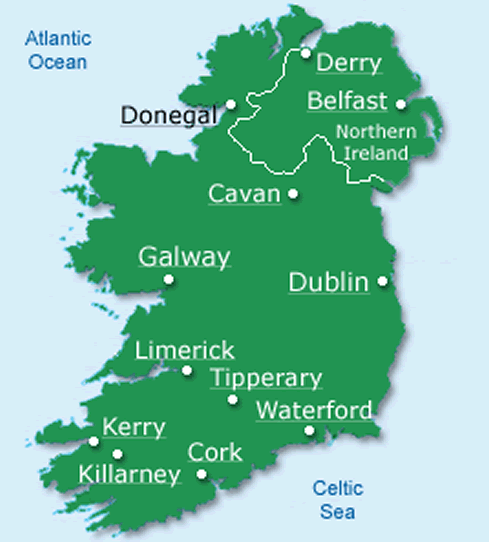Ancient Irish skeletons could help solve mystery of rare genetic bone disease
 Dublin, August 25 : Two ancient skeletons with a rare genetic bone disease unearthed from a medieval Irish graveyard may hold key insights for medical experts in solving the mysterious ailment.
Dublin, August 25 : Two ancient skeletons with a rare genetic bone disease unearthed from a medieval Irish graveyard may hold key insights for medical experts in solving the mysterious ailment.
The two skeletons - one around 800-years-old and the other 1,100-years-old - dug up along with the remains of more than 1,000 men, women and children from the Ballyhanna graveyard site at Ballyshannon, Co Donegal, have attracted the attention of international medical researchers.
There have only been 16 cases of the hereditary bone growth disorder, now known as multiple osteochondromas, identified in ancient remains worldwide.
Dr Eileen Murphy, an archaeology lecturer at Queen’s University Belfast, believes that the discovery of the remains - afflicted by massive bone growths - could help modern-day clinicians glean more information about that unusual debilitating condition.
According to Dr Murphy, the two cases could “help inform clinicians” in understanding the disease.
“I think it is good for clinicians to look at how diseases change and the way they turn up in the body over time. Some of the Jericho cases (dating from the Middle Bronze Age) are very old and can show if it has progressed in any way or mutated,” said Dr Murphy, who is writing a paper on the two cases.
A sample of the 800-year-old remains from Skeleton 331 known as ‘Ballyhanna Man’ was sent to a genetics unit in Italy for further examination.
“We took a sample of the bone to send off to genetics units but the DNA in the bone was too degraded,” Dr Murphy explained.
However, the research team holds hopes that in the future, a specialized laboratory may be able to extract DNA of sufficient quality for analysis to provide clues as to the evolution of the disease, which is estimated to affect one in 50,000 people.
Researchers from the Institute of Technology in Sligo and Queen’s University Belfast are collaborating on the Ballyhanna project.
The 800-year-old remains of the worst-affected man, who died aged between 25 to 35 years old, showed he would have been physically disabled due to massive bony projections.
It is likely that he would have suffered from pain and have been recognized by others as having a physically debilitating condition from a young age.
The remains of the other man, who died a few hundred years earlier aged around 35-50 years, had less prominent growths.
In both cases, they were interred in the community graveyard, suggesting they were not shunned and treated as equals. (ANI)